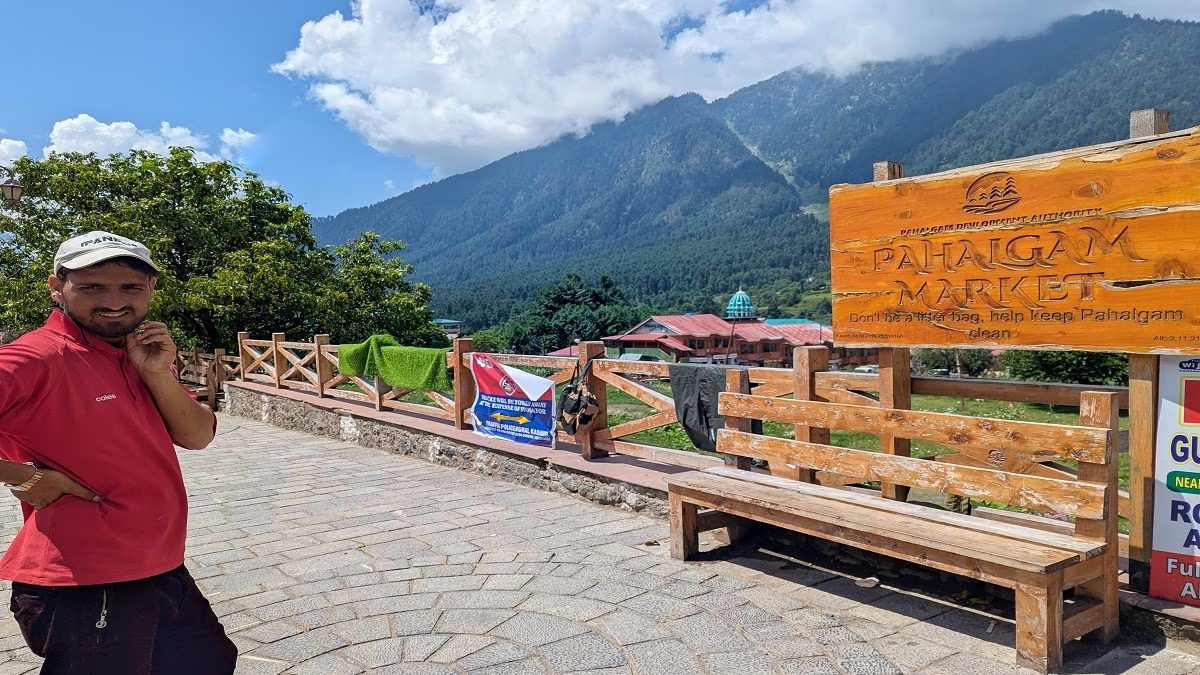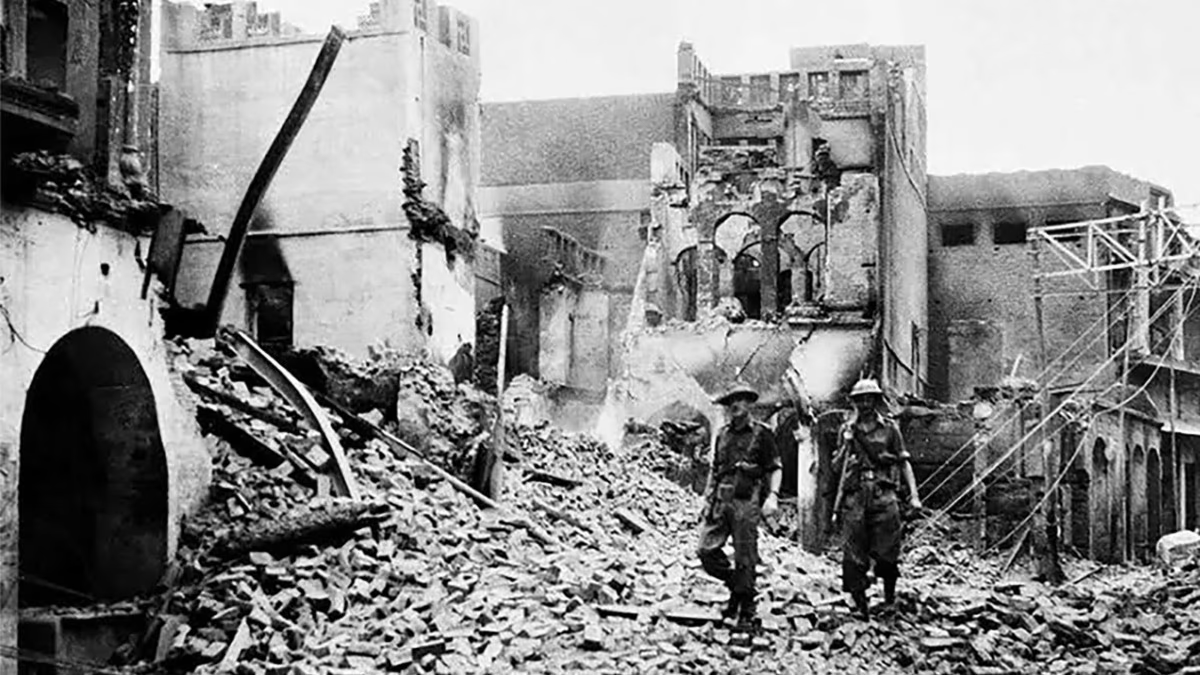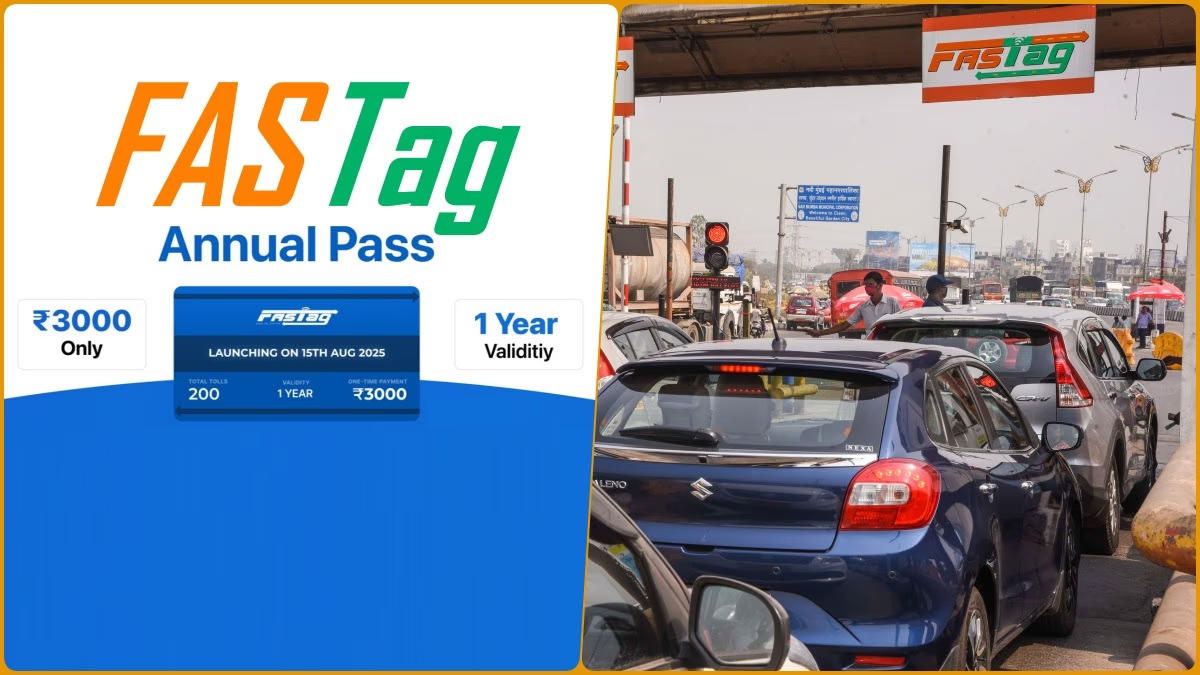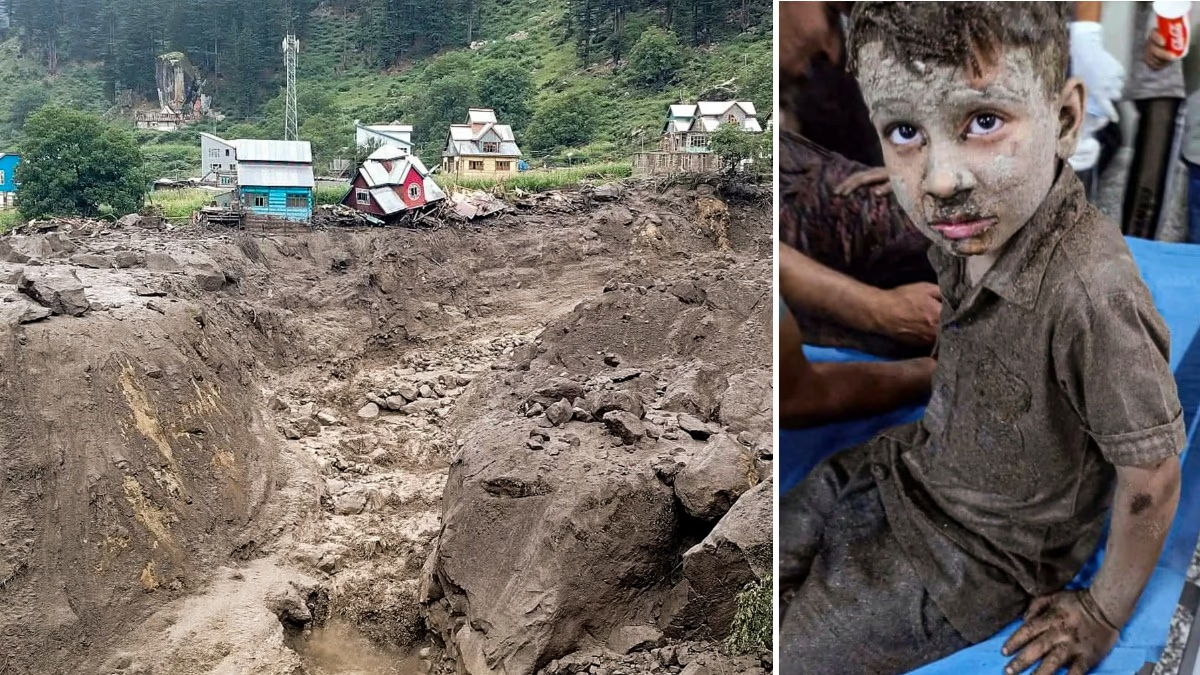When the rulers decided to divide the country, they likely did not foresee such a widespread massacre. Jawaharlal Nehru was aware but believed it could be avoided. Muhammad Ali Jinnah assured that neither Hindus would be forced to leave Pakistan nor Muslims from India. Cyril Radcliffe, who drew the border between India and Pakistan, remarked he hadn’t anticipated that his drawn lines would lead to such a massacre. Yet, the massacre occurred... and the greatest price was paid by women and children...
In 1947, borders were drawn on paper. Before midnight on August 14, 1947, cities like Lahore and Karachi were celebrating the birth of Pakistan. Yet, a large population was anxious...
Nobody knew what nation they would be part of. Rumors were rampant. This city will belong to Pakistan... this village to India...
Speculations ran wild.
On August 17, as soon as the official border map was released, the largest migration in history commenced, alongside massive violence... In the coming weeks, millions were displaced, and hundreds of thousands were killed. Women found themselves most ‘unsafe’ during this catastrophe. In villages on both sides, fires ravaged. Trains carried corpses.
This freedom came with a tragedy for women, who breathed in freedom's air but bore scars deeper than borders.
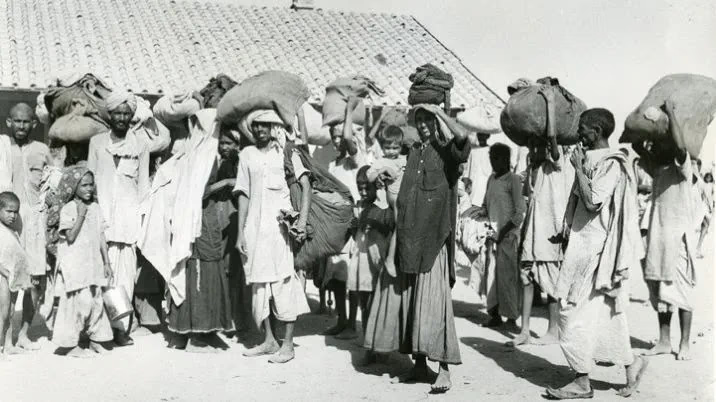
Source: aajtak
The anguish of young children, elderly women leaning on sticks, and pregnant women comes forth, combining into a haunting narrative. Women, victims of brutality from home walls to train compartments and open fields, recount harrowing sagas. Yet, bigger ironies loomed as they faced rejection for family honor or were pushed to self-harm to maintain dignity. Those who survived this cruelty were abducted.
These women, suffering the brunt of partition, were never secure. Frenzied mobs easily targeted them. Families, driven by honor, sometimes felt forced to kill or abandon daughters, mothers, and sisters to preserve dignity. Roughly 80,000 women were abducted during this time from both sides.
Ritu Menon's book
No Woman's Land
mentions...
It was March 1947. On the banks of the Ravi River in village Thoa Khalsa, 90 Sikh women stood by the village well. A shouting crowd closed in. They faced a choice – live through abduction and violation or die with dignity. They chose the latter, plunging into the well. Soon, lifeless bodies were afloat.
The tragedies faced by women during partition compelled India and Pakistan to sit together. Within months of independence, the two nations reunited. In September 1947, Jawaharlal Nehru and Liaquat Ali Khan met in Lahore, leading to the signing of the
Inter Dominion Treaty
on December 6, 1947, which launched the
Central Recovery Operation
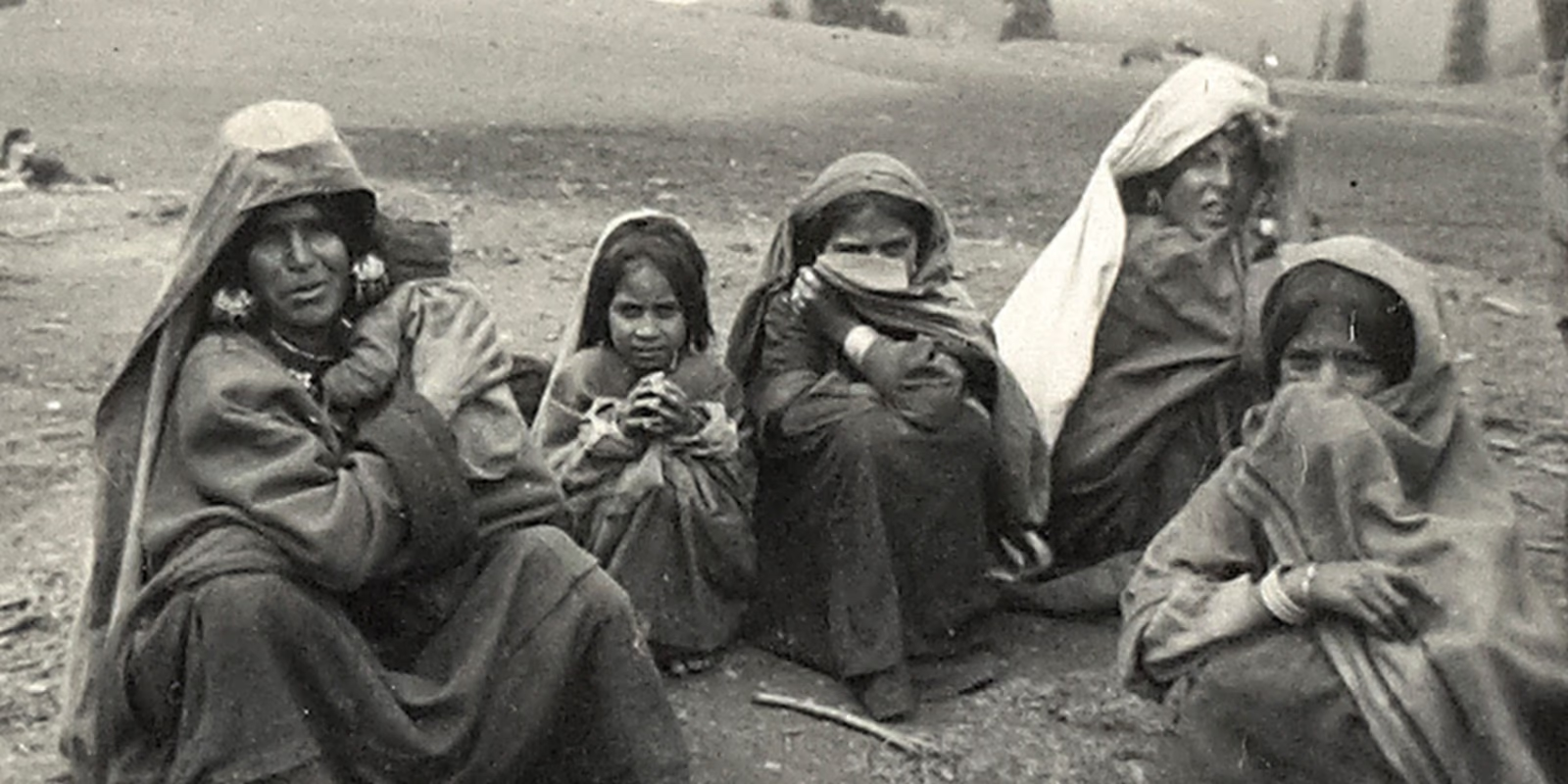
Source: aajtak
This operation aimed to locate abducted women from both sides and return them to their families. Official reports state 50,000 Muslim women in India and roughly 30,000 women in Pakistan were abducted. Many faced forced conversions, leaving lifelong trauma. To reunite abducted women with families, a tribunal was established by both nations.
In India, a dedicated department under the Ministry of Relief and Rehabilitation managed the recovery operation. Congress MPs like Mridula Sarabhai and activists such as Kamlaben Patel played significant roles. Teams from both nations crossed borders and searched villages for these women. Once located, women were presented before a tribunal, which decided on sending them back to their original countries. From 1947 to 1957, the operation repatriated approximately 20,000 women to India from Pakistan and sent nearly 10,000 from India to Pakistan.
This process, however, had its own tragedy. Finding women was arduous, but bringing them back proved more challenging. Many had adapted to new religions and homes, making it impossible for them to return. Some, after abduction, unwillingly settled with their abductors, built families, and had children, whom they couldn’t abandon. Governments were conflicted, but laws mandated returning to their original countries.

Source: aajtak
Ritu Menon and Kamla Bhasin’s book
Borders & Boundaries
recounts the story of Amina who was brought from Pakistan to India during partition. In the recovery operation, when attempts begin to send her back, she tearfully protests,
What home? My husband and children are here. What’s left for me in Pakistan?
Amina's words reflect the trauma of partition-experienced women. Similarly, when Pak-borne abducted Sukhwant Kaur is returned to her family by the recovery team in India, they refuse to accept her. Sukhwant laments,
I returned home, but my home didn’t recognize me...
The book also includes the tale of Amritsar’s Kiran Bala. In 1947, during Amritsar's riots, Kiran, then 18, faced an armed mob attack on her neighborhood. Many family men were killed; Kiran was abducted and forcibly taken to a Lahore village, converted, and coerced into marriage. During Operation Recovery when Indian representatives found her in Lahore, she cried,
I thought I’d never return home. But upon reaching India, what I saw shattered me. Back in Amritsar, my uncle shut the door on me, claiming I am no longer pure.
Urvashi Butalia’s
The Other Side of Silence
captures the dire situation faced by women, stating 12 million were displaced, a million killed, and 75,000 women faced rape, abduction, or forced conversion. Despite the passage of time, these women remain forgotten in history.
The recovery operation tried to reunite abducted women with families, yet some families refused them. For such people, a woman’s body symbolized the honor of caste and religion.
Anees Kidwai, part of this special recovery unit, shared experiences in his autobiography
In Freedom's Shade
, narrating how homes claimed abducted women as family honor which led to threats and abuse faced in shadows of weapons. However, returning a woman to her family, seeing her eyes regain lost shine, encouraged them. The actual burden of partition was borne by women and children.

